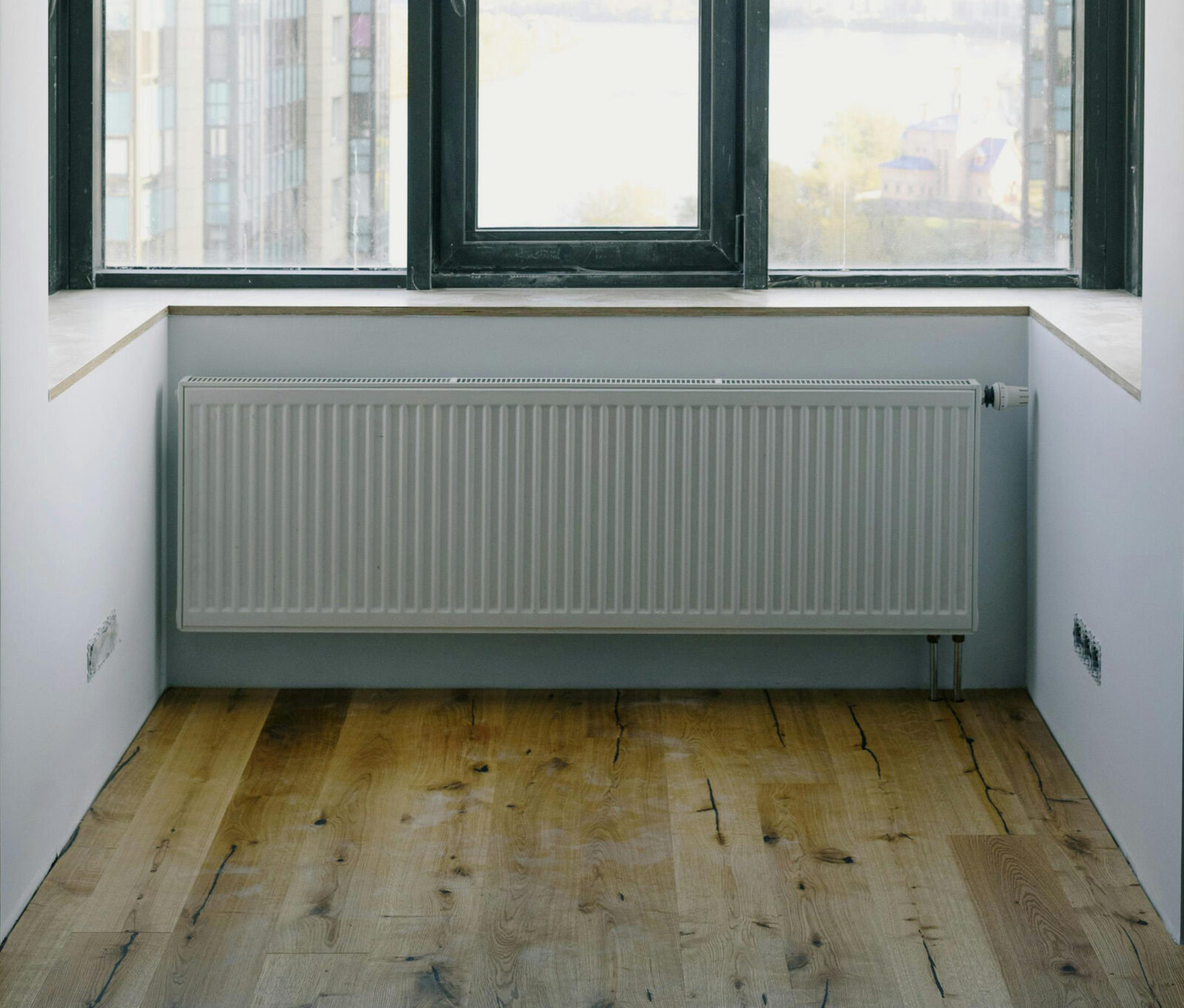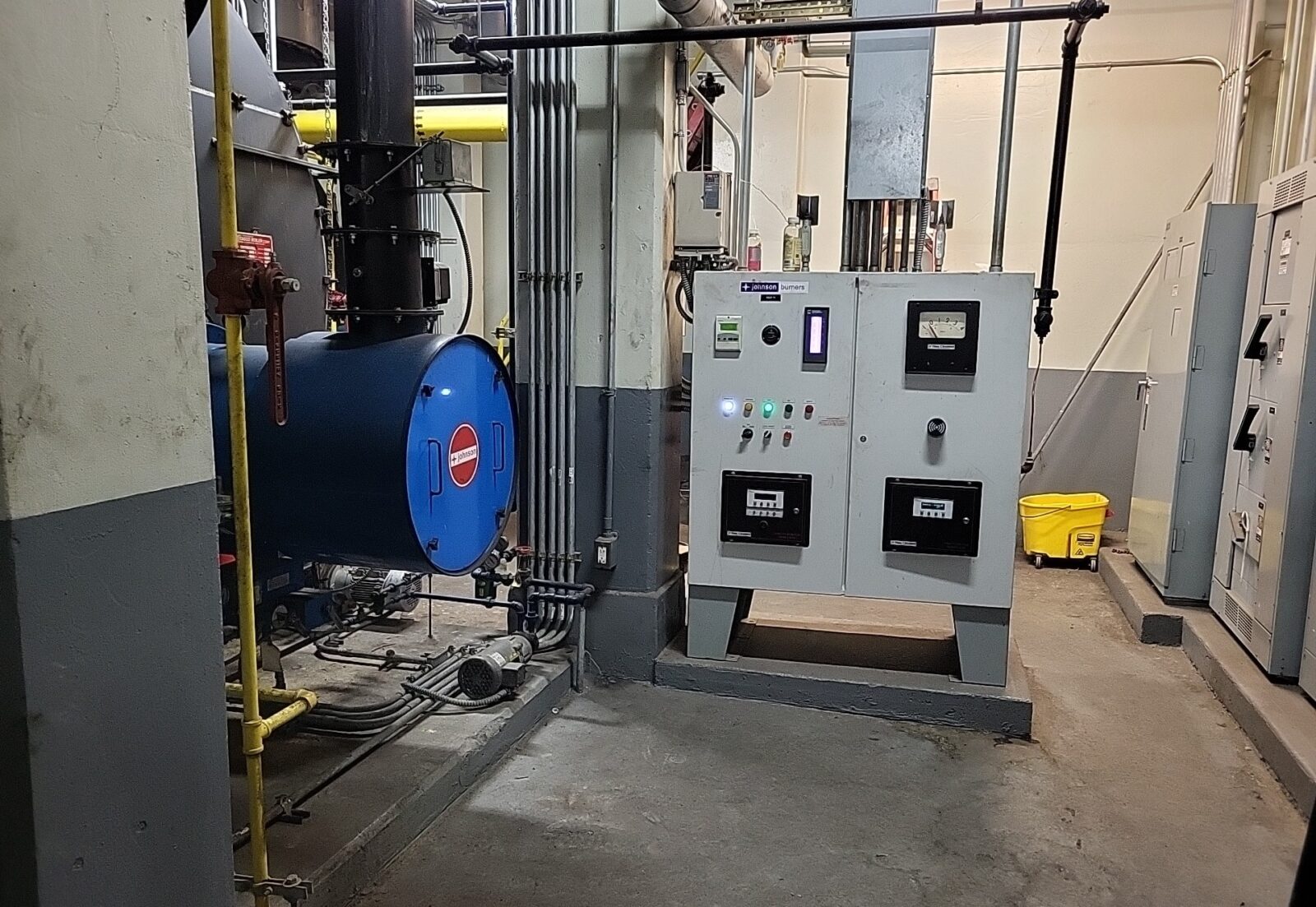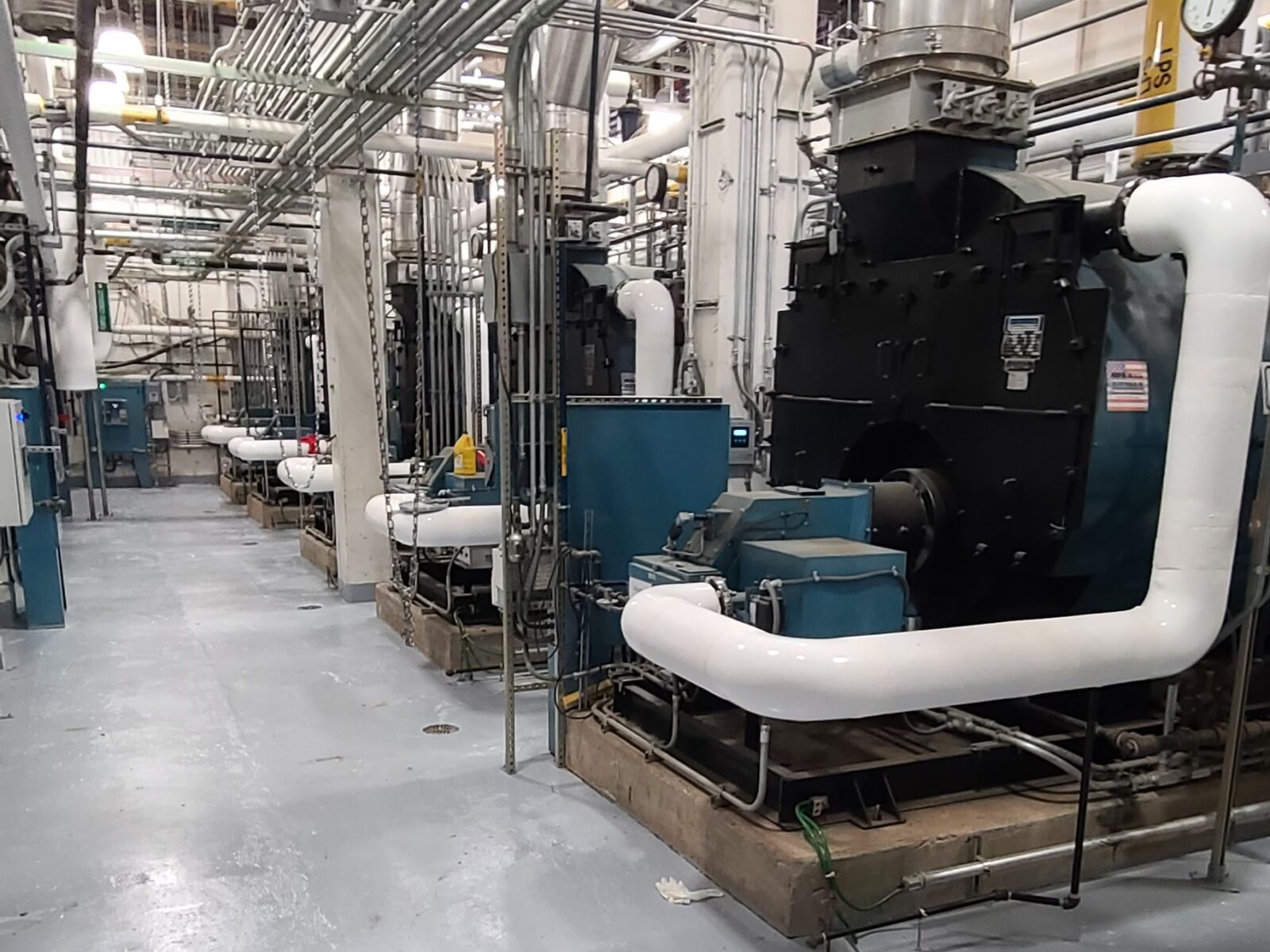Description
- A typical NYCHA development employs a large central steam plant to provide space heat and domestic hot water. These systems are inefficient and are difficult to control.
- Building Steam Piping & Steam Fan Coil Unit
- Projects in this scope area may include installing new insulated steam piping and condensate return systems inside buildings, including new fan coils for heat exchange and piping for fan coils, communication lines, electrical conduits, and valves. The full, detailed scope of work for this project including any additional work areas will be updated here after alignment with project stakeholders through scoping and design activities.
- Underground Steam Piping & Condensate Return Piping
- Projects in this scope area may include installing new insulated underground steam and condensate piping, communication lines, electrical conduits, and valves. The full, detailed scope of work for this project including any additional work areas will be updated here after alignment with project stakeholders through scoping and design activities.
Baseline
- Building Steam Piping
- Hot water boilers that supply heat to the building through one- or two-pipe heating systems must have controls as mandated by regulating Codes. [COMPMOD]
- For heating/cooling systems pipes carrying fluids, drawings must specify the pipe insulation thickness per applicable Code tables. Piping insulation R-values must conform to Code prescriptions. [COMPMOD]
Stretch
- Building Steam Piping
- Consider using existing steam risers for condensate drains.
- Convert central steam system to distributed condensing boilers and hydronic convectors.
- Convert steam-to-DHW systems in each building to a gas-fired condensing boiler and storage tank.
- Convert steam heating to hydronic with gas-fired or electric boilers. [PACT]
- Submeter make-up water usage and connect to BMS to monitor both boiler make-up water, condensate tanks, and pumps to identify leaks and quickly repair them. [SA]
- Recycle steam condensate in heating systems. [SA]
- Convert hydronic loop heating and window Acs to VRF heat pumps. [SA]
- Underground Steam Piping & Condensate Return Piping
- When abandoning existing piping at each building will be cut back and capped before the buildings. New piping installation shall be done before the existing steam system is disconnected and capped at each building.
- Use existing penetrations and enlarge as required to accommodate new piping and anchoring system.
- Related work for new underground piping includes landscape repair, asbestos abatement, soil sampling and testing in connection with subgrade and backfill earthwork, site protection work, surface repair, and road repair.
- Route all new piping shall avoid critical tree root zones and avoid or minimize potential conflicts with existing buried utilities.
Strategies
![Optimize Performance, Operation & Maintenance of Buildings, Systems & Assets]()
Optimize Performance, Operation & Maintenance of Buildings, Systems & Assets
CompModPACTSustainability Agenda
Last Updated on June 5, 2024 at 9:26 am
Specifications
23 09 24 - Steam Flow Meters
23 22 13 - Steam and Condensate Heating Piping
23 53 12 - Vacuum Condensate Pumps
23 82 39.16 - Propeller Unit Heaters






















